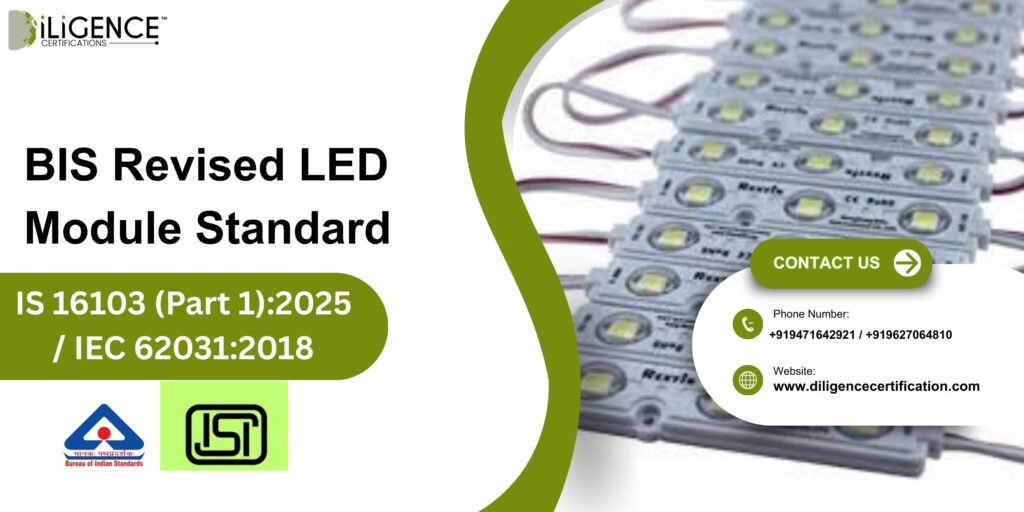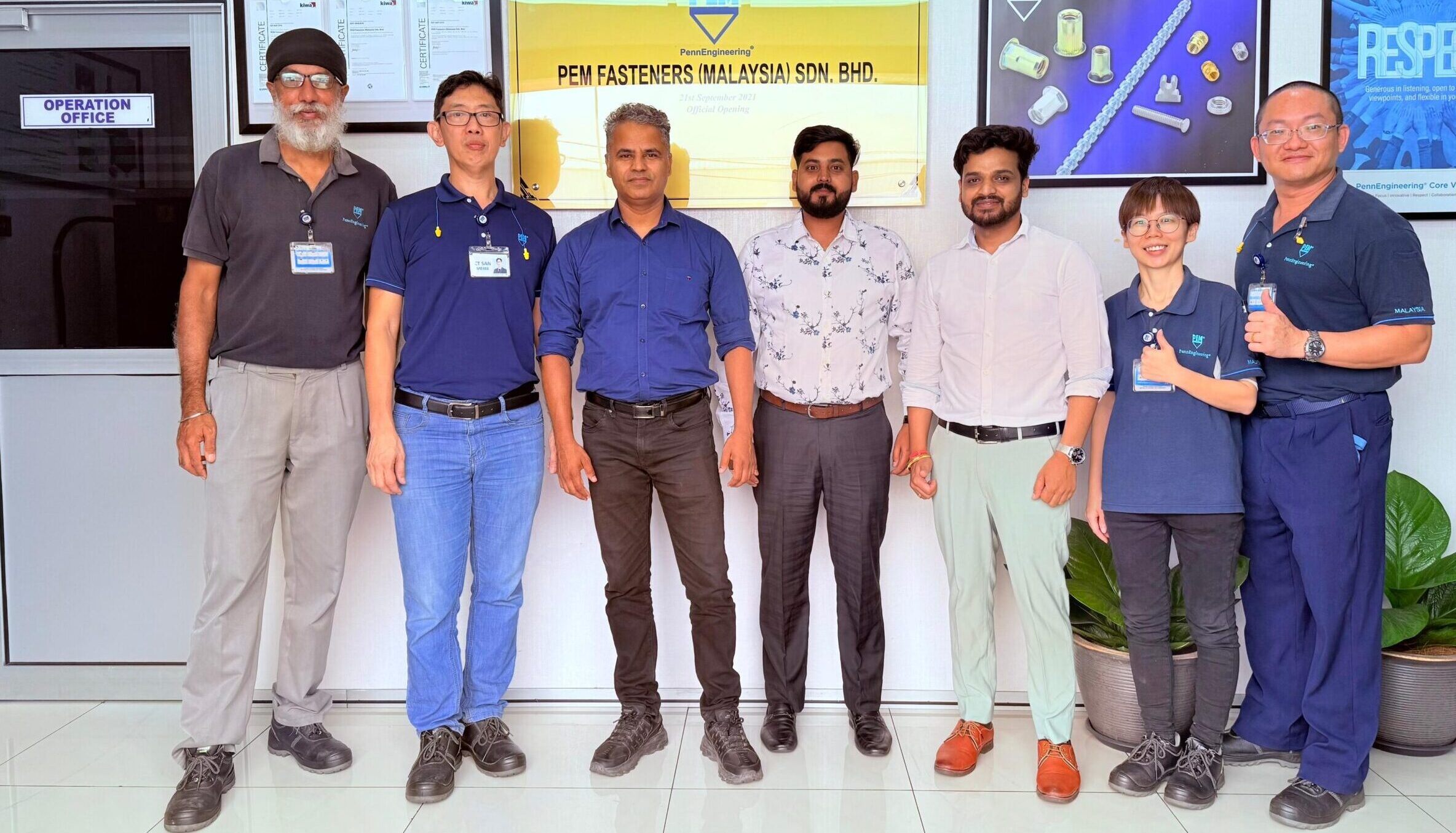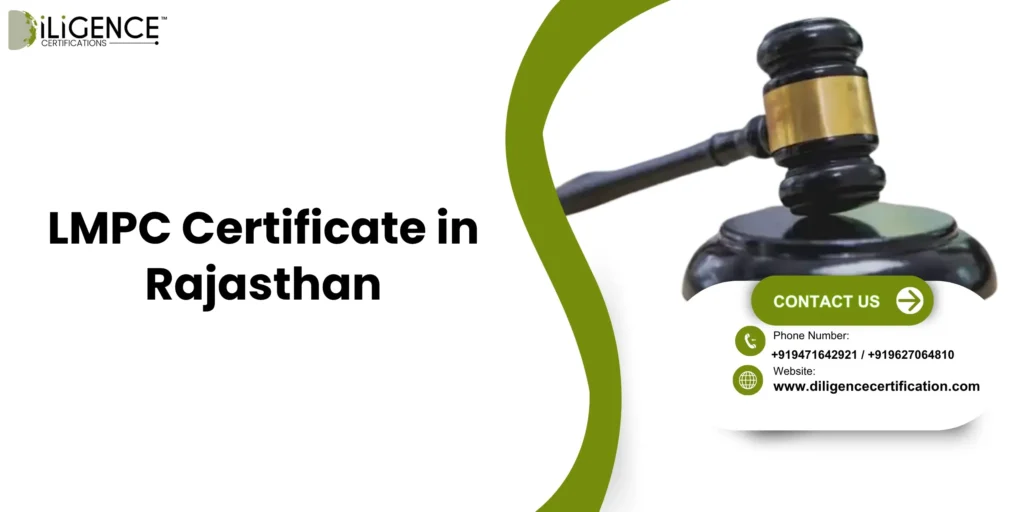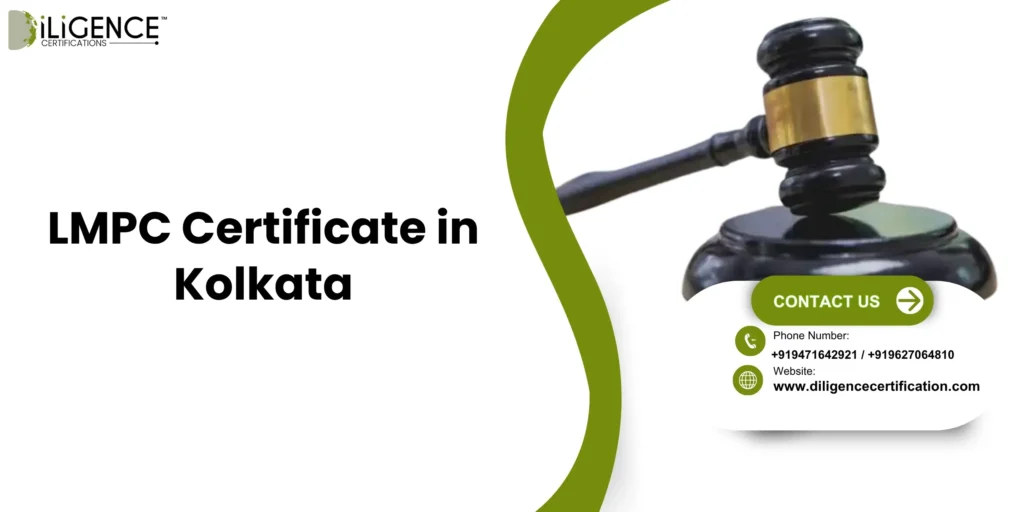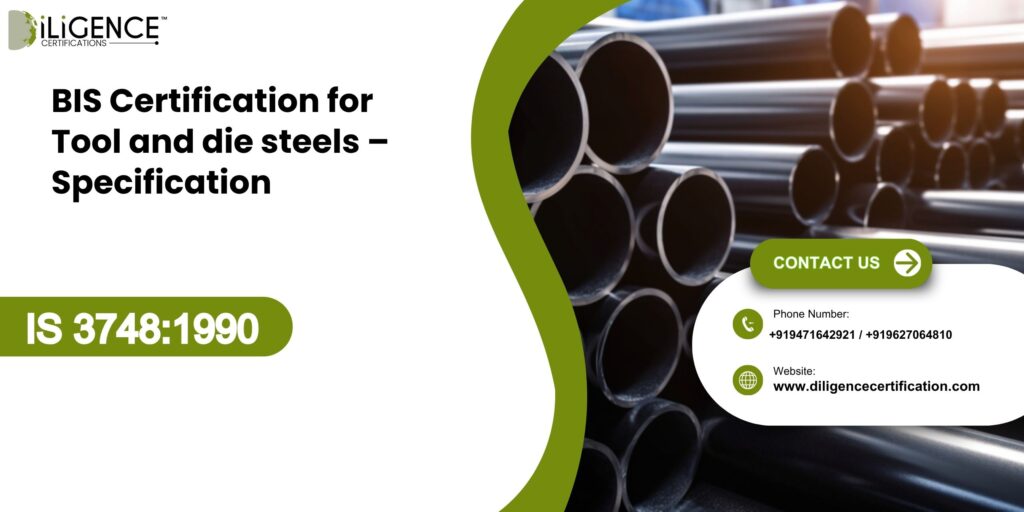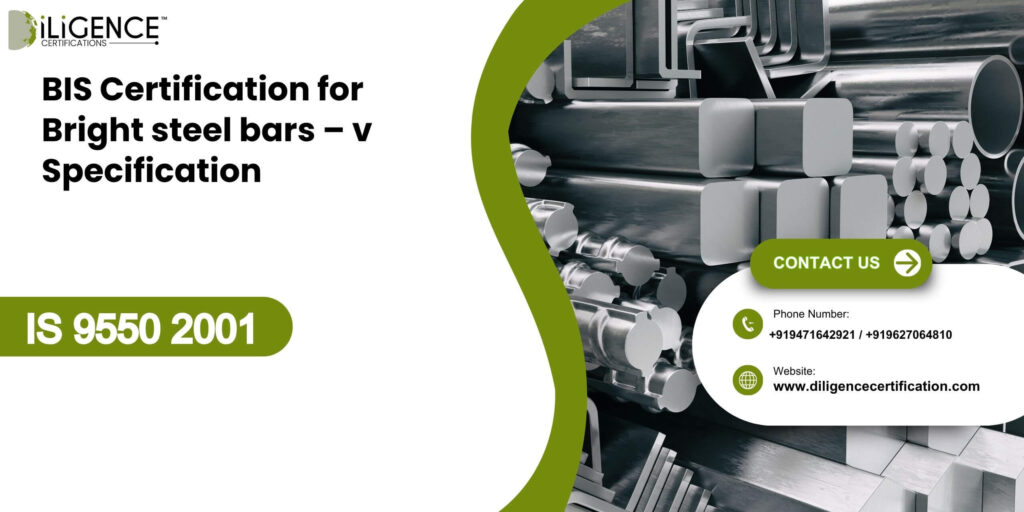- BIS Revised LED Module Standard from IS 16103 (Part 1):2012 into IS 16103 (Part 1):2025 / IEC 62031:2018.
- The revised specification, in addition to the changes in confirmed definitions, also provides safety tests and marking requirements for LED modules.
- Manufacturers are required to comply to this requirement by January 21, 2026.
- The BIS certification for LED modules in India is based on the IEC 62031:2018 international standard, and will provide a higher level of safety for LED module installations and other applications
- The purpose of this standard is to ensure compatibility with the international market. In general, existing licensees will be required to submit new test reports and declarations, while new applicants will be required to submit applications under the new standard after 2026.
Introduction
At the start of 2024, an established lighting manufacturer based in India found itself dealing with an unforeseen market situation. The manufacturer had made a good start with its export inquiry on its popular range of LED modules that was coded by the product standard IS 16103 (Part 1):2012. The buyer had noted that the product needed to comply with the IEC 62031:2018 product standard, which India was not yet fully in conformity. The disjunction of product standards postponed the shipment, created backlog issues, and in some cases, caused the manufacturer to temporarily lose their export orders.
The Bureau of Indian Standards (BIS) has now intervened and has updated the product standard IS 16103 (Part 1):2012 to IS 16103 (Part 1):2025 / IEC 62031:2018, which has effectively addressed the compliance issue for India. To manufacturers, distributors and exporters, this is not just regulatory housekeeping, but a market reset that will define who remains competitive in domestic and international lighting markets.
Why BIS Revised LED Module Standard from IS 16103 (Part 1):2012 to IS 16103 (Part 1):2025 / IEC 62031:2018
When IS 16103 (Part 1):2012 was first issued, the use of LED technology was only beginning to emerge in the country. CFLs were the common lighting source and LEDs were relatively expensive, limited to some applications, and primarily imported. The standard issued in 2012 dealt mostly with the basic electrical safety and performance standards in order to assure that early LED products would not create risk of fire, shock, or damage due to thermal properties.
By 2020, the landscape had changed entirely:
- LEDs became the dominant product for lighting application in residential, commercial, and industrial settings.
- Smart lighting systems, using IoT and automation, gained popularity.
- India had repositioned itself as a significant manufacturer and exporter of LED products.
However, with the company growth, manufacturers were starting to see a recurrence of issues:
- Concerns about overheating and failure of LEDs in humid environments.
- Rejection from buyers overseas due to conformity with the IEC standard.
- Confusion in definitions—what is a replaceable LED module vs. non-replaceable?
This is the reason BIS wanted to revise the standard IS 16103 in 2025, to fill the gaps, protect consumers, and position India within IEC 62031:2018 standards.
What is IS 16103 (Part 1):2025 / IEC 62031:2018?
IS 16103 (Part 1):2025 is India’s revised standard for LED modules intended for general lighting, and now references IEC 62031:2018. The earlier 2012 standard was out of date, having excluded many important safety, performance, and design criteria developed to date tested internationally. The revision provides:
• More alignment with current best practices worldwide.
• Better provisions for consumer safety.
• Explicit definitions on types of LED modules.
• New tests for abnormal temperature, and photobiological safety are now required.
To summarize, IS 16103 (Part 1):2025 / IEC 62031:2018 is India’s reaffirmation of global LED safety and performance standards.
Difference Between IS 16103:2012 and BIS Revised IS 16103 (Part 1):2025 / IEC 62031:2018
Many manufacturers ask, “What exactly has changed?”
Here’s a side-by-side comparison that answers the most common client queries:
| Aspect | IS 16103 (Part 1):2012 | IS 16103 (Part 1):2025 / IEC 62031:2018 |
| Definitions | General terms for LED modules | New definitions for replaceable, non-replaceable, and non-user replaceable modulesIS_16103_Guidelines |
| Marking Clause | Basic marking | Restructured clause, detailed tabular overview |
| Voltage Marking | General requirement | Modified entry for working voltage markingIS_16103_Guidelines |
| Annexures | Annex B included | Annex B deleted |
| Luminaire Design Info | Limited | Added details on voltage and water contactIS_16103_Guidelines |
| Safety Tests | Standard electrical & thermal | New abnormal temperature test + photobiological safety testIS_16103_Guidelines |
BIS Guidelines for Implementation
BIS has issued clear compliance instructions.
For Existing Licensees
- Deadline: All manufacturers must adopt the revised standard by 21 January 2026
IS_16103_Guidelines
. - Lab Testing: Submit fresh test reports from BIS-recognised labs for lead models.
- Declarations: File an undertaking confirming compliance across all licensed models.
- Penalty for Non-Compliance: BIS may cancel the license or delete non-compliant models.
For New Applicants
- Applications filed before Jan 2026 can still be processed under the old standard.
- Post-Jan 2026, only IS 16103 (Part 1):2025 / IEC 62031:2018 will be accepted.
- Applicants must declare they will comply before the deadline.
For Change in Scope of Licence
- Same rules apply as for new applicants.
- Requests under the old standard valid only till switchover date or Jan 2026, whichever is earlier.
Why BIS Revised IS 16103:2012 and Introduced IS 16103 (Part 1):2025 / IEC 62031:2018
Every revision comes with a backstory. In this case, BIS was responding to three main industry concerns:
- Global Trade Alignment
Indian manufacturers faced hurdles when exporting to Europe, UAE, and Africa because their certifications cited IS 16103:2012 instead of IEC 62031:2018. - Consumer Complaints
Market surveys revealed frequent LED module failures due to overheating. The new abnormal temperature test directly addresses this issue. - Technological Shift
LED modules are no longer stand-alone components. Many are now integrated into smart home systems. Hence, new marking and safety rules were needed.
How Manufacturers Should Prepare for BIS Revising IS 16103 (Part 1):2025 / IEC 62031:2018
For clients, the transition period till January 2026 is critical. Here’s the compliance roadmap we recommend:
- Gap Assessment – Compare current test reports with IS 16103:2025 requirements.
- Re-testing – Submit models to BIS-recognized labs for abnormal temperature and photobiological safety tests.
- Documentation Update – Align marking, packaging, and product manuals with the revised standard.
- Undertaking Filing – Submit declarations covering all models.
- Market Communication – Inform distributors and partners about upgraded compliance to build trust.
Clients who delay often pay double later—through lost licenses, urgent retesting fees, or disrupted supply chains.
BIS Certification Process for LED Modules under IS 16103:2025

BIS has enforced that LED modules for general lighting must fall under Compulsory Registration Scheme (CRS). Manufacturers and importers must have their products registered with BIS before sale into India. The registration process is a staged process, with each step needing strict compliance.
Step 1: Understand Applicability
Ensure your products fits under IS 16103 (Part 1):2025 / IEC 62031:2018.
LED modules for general lighting is the only product type included. Other LED products (like self-ballasted LED lamps or drivers) fall under other standards, with the same process to follow for CRS.
Step 2: Determine BIS Recognised Testing Laboratory
Tests must be carried out in a lab recognised by BIS to perform testing for CRS products.
The testing laboratory will perform all required tests including:
- Testing for Electrical Safety.
- Testing for Thermal Management.
- Abnormal Temperature Test (new requirement in IS 16103:2025).
- Photobiological safety test to check for risk of blue-light hazard.
Always ensure best possible outcome by discussing product specifications before testing commences to avoid retesting costs.
Step 3: Conduct Product Testing and Generate Testing Report
- Submit samples of all representative models.
- The laboratory will generate a detailed testing report and present in a suitable BIS testing report format.
- The testing report will form the fundamental backbone of your application.
If there are 10 LED module models that carry the same design and safety aspects, you may only test representative models rather than all 10; time and money are saved by doing so.
Step 4: Documentation Preparation
Applicants must gather the following documents and prepare files for submission:
- The test report issued by a laboratory recognized by the BIS.
- Documents relating to business registration such as Certificate of Incorporation, GST, etc.
- Brand Authorization Letter, if the brand owner is different from the manufacturer.
- Manufacturing license with details of the process and layout of the plant.
- A declaration of conformity to cover all models referred to in the license.
- Label artwork showing BIS CRS Standard Mark with registration number.
Step 5: Online Application on BIS Portal
- Applications are made through the BIS CRS portal
- Upload test reports and documents.
- Pay application fees online.
Step 6: BIS Scrutiny & Clarifications
- Documents and test reports are scrutinized by BIS.
- Clarifications, when sought, lead to the raising of queries by BIS.
- The applicant must respond to queries without delay else the matter shall get delayed.
Step 7: Grant of Registration
If satisfied, BIS shall issue a Registration Certificate (RC).
The certificate is issued with the R-number that is required to be embossed on product marking.
Why IEC 62031:2018 Matters
The adoption of IEC 62031:2018 makes India part of the global compliance ecosystem. For exporters, this means:
- One certification fits many markets (less retesting abroad).
- Higher trust factor with foreign buyers.
- Easier acceptance in European and GCC markets.
For example, an Indian LED exporter shipping to Saudi Arabia now benefits directly, since Saudi regulations also mirror IEC 62031:2018.
Conclusion
The release of BIS IS 16103 (Part 1):2025 / IEC 62031:2018 is a major development. It creates a harmonization of Indian and international lighting standards, enhances consumer safety, and provides new avenues for companies certified for export.
For the industry, the message is to act now. Companies that achieve certification prior before (21 January 2026) will have full sales and products accepted into the international market. Companies that are not certified before this date will face a risk of cancelled orders, delays, penalties, and missed opportunities.
At Diligence Certifications we collaborate with LED manufacturers to help them through the transition in a timely and professional way – we manage the testing, necessary documentation, and any required BIS approvals – to make compliance a growth opportunity rather than the end of new product entry into the market.
Frequently Asked Questions
What does IS 16103 (Part 1):2025 / IEC 62031:2018 mean?
It’s a new BIS standard for LED modules which supersedes IS 16103:2012, consistent with IEC 62031:2018.
Why the revision of IS 16103:2012 by BIS?
For global harmonization with IEC Standards, to improve safety, and to address issues like overheating and reasons for exports to be rejected.
What is the compliance date?
21 January 2026. After this date, only IS 16103 (Part 1):2025 will be acceptable.
What are the changes from IS 16103:2012 to IS 16103:2025?
There are new definitions, updated marking, and new tests for example abnormal temperature and photobiological safety.
Do existing BIS licensees have to do a new application?
Yes, they have to provide a new undertaking to comply and also get new test reports.
What happens if I don't comply by January 2026?
Your BIS license will be cancelled and you will not be able to sell any LED modules in India.
How does the revision benefit exporters?
The IEC 62031:2018 alignment will make exports easier and reduce re-testing costs.
Do LED modules that are imported into India require BIS certification?
Yes, all LED modules sold in India must meet IS 16103 (Part 1):2025.







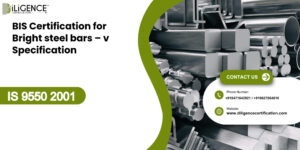
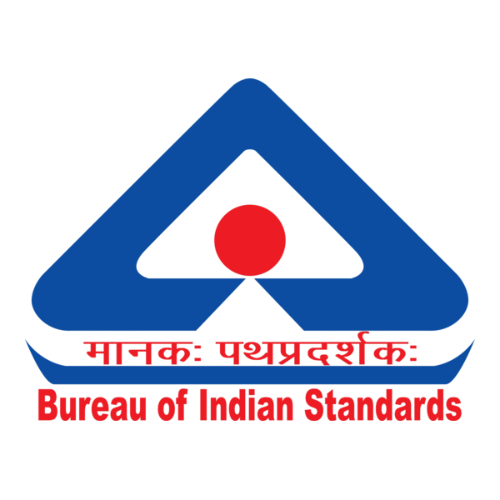 BIS Certification
BIS Certification
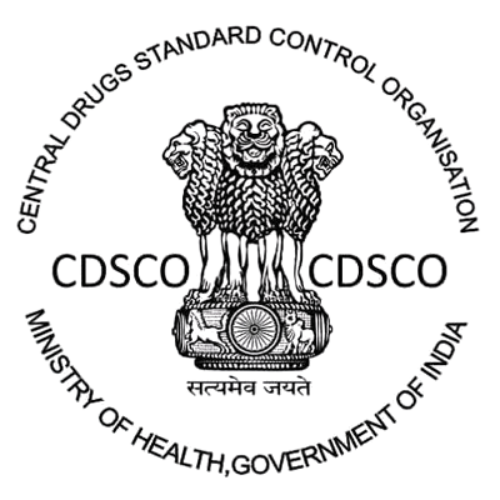 CDSCO
CDSCO
 CPCB
CPCB
 LMPC
LMPC
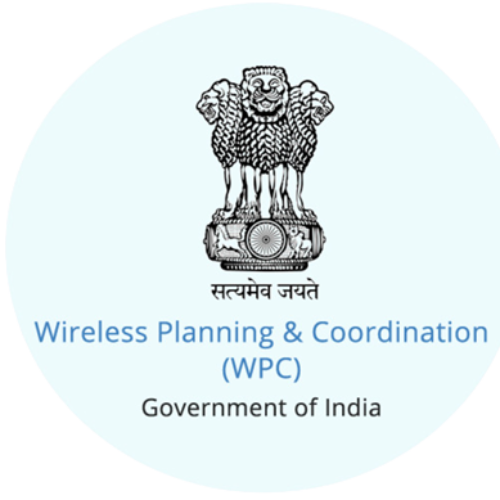 WPC Approval
WPC Approval
 Global Approvals
Global Approvals
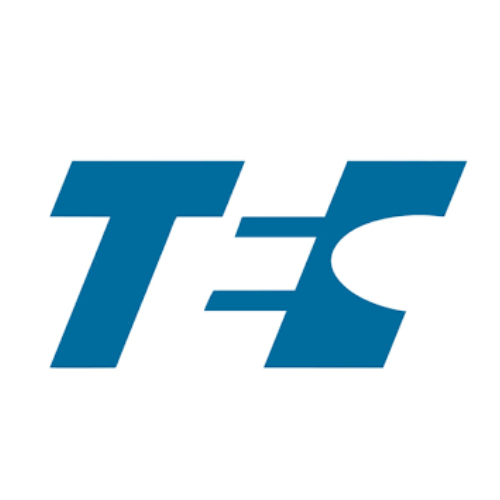 TEC
TEC
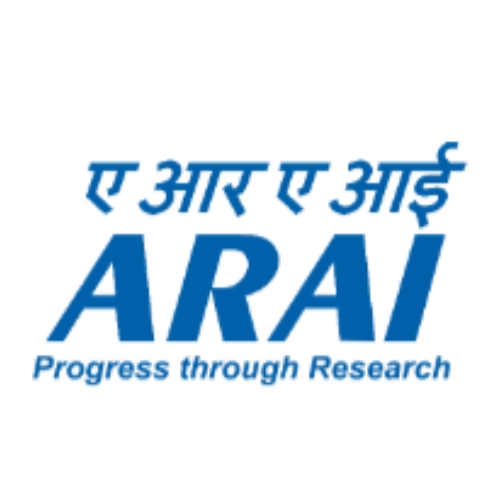 ARAI
ARAI
 BEE
BEE
 ISO Certification
ISO Certification
 Drone Registration
Drone Registration
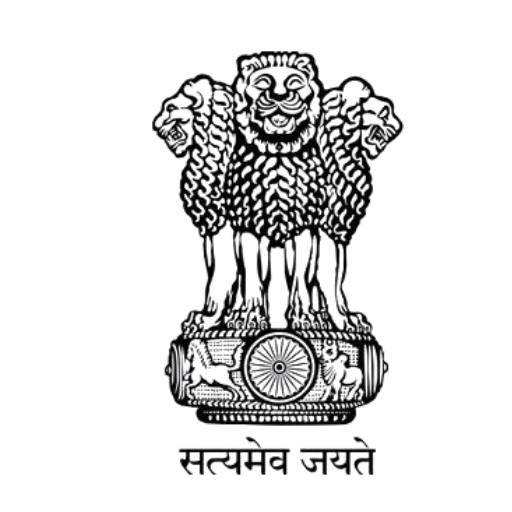 NOC For Steel
NOC For Steel

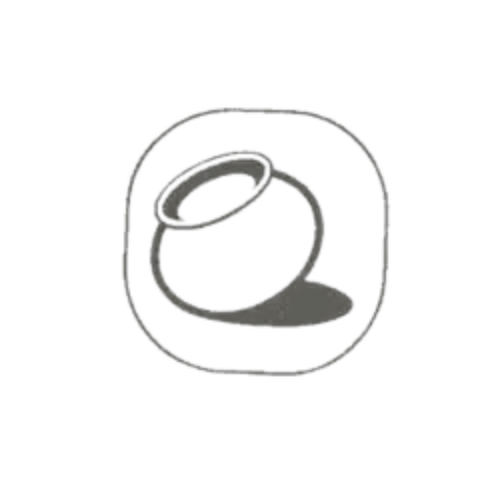

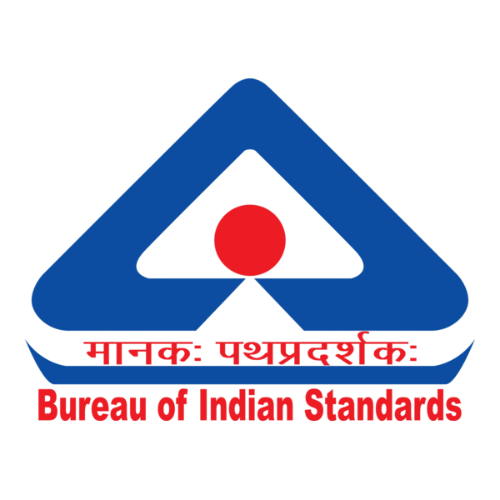
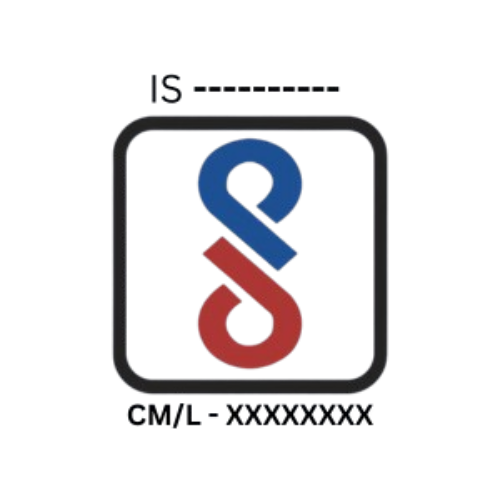
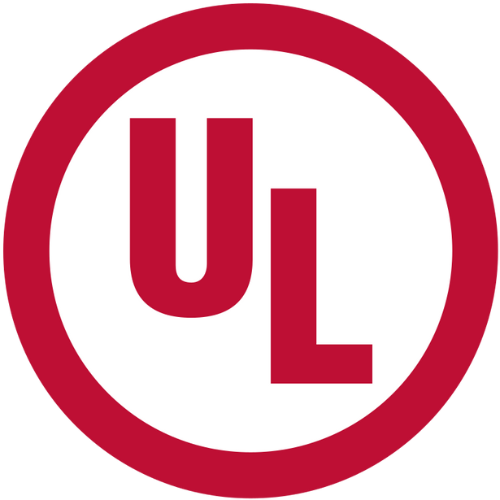

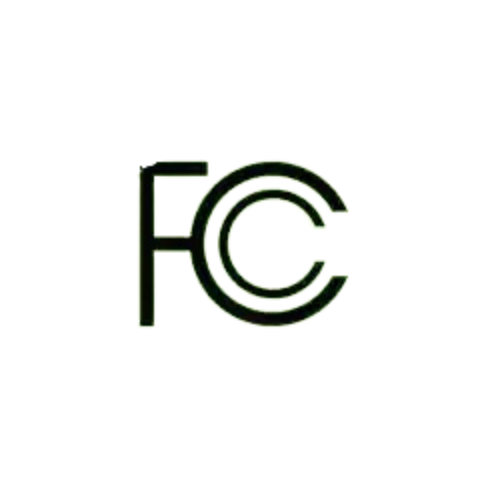
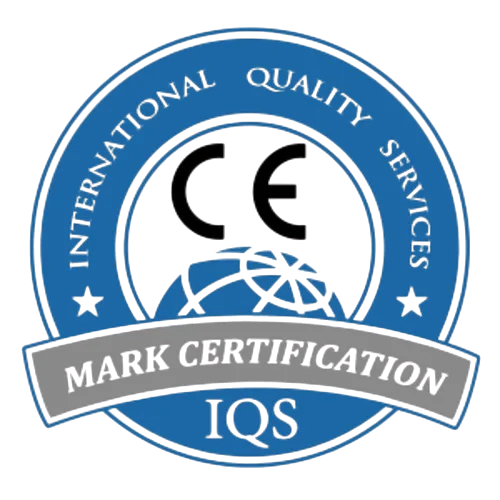

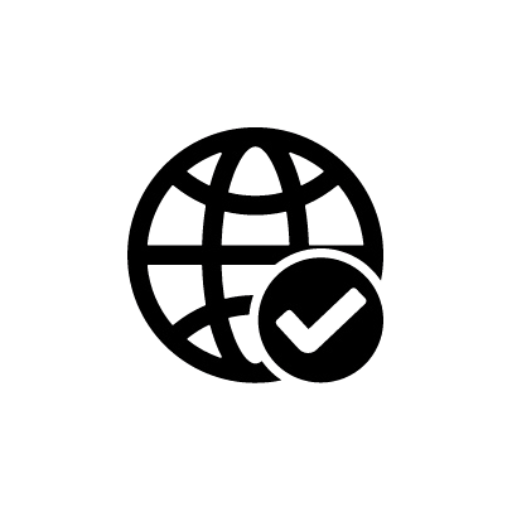
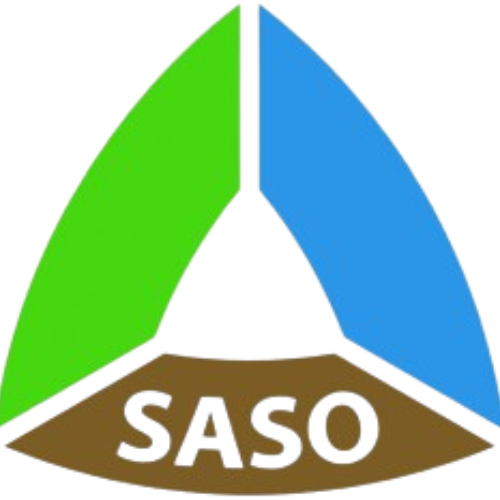


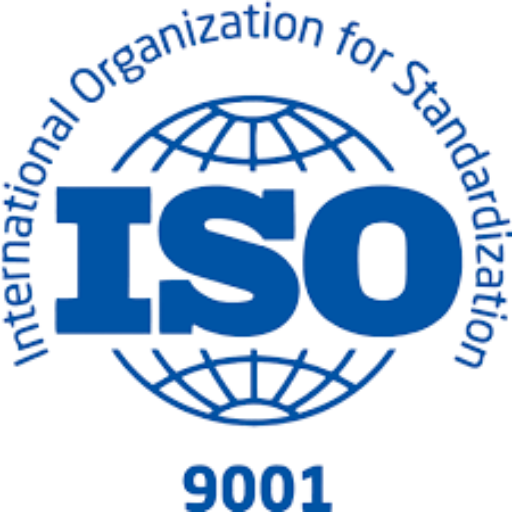
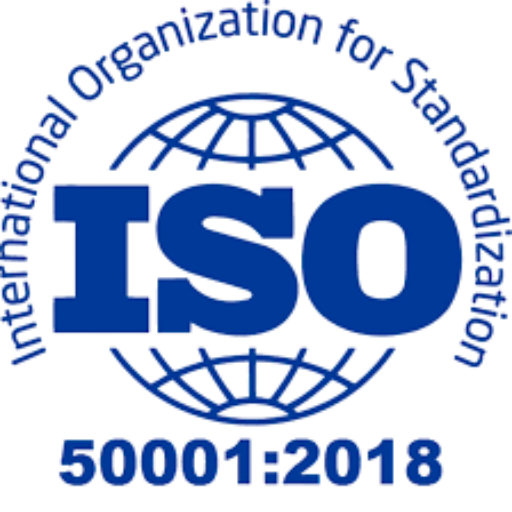

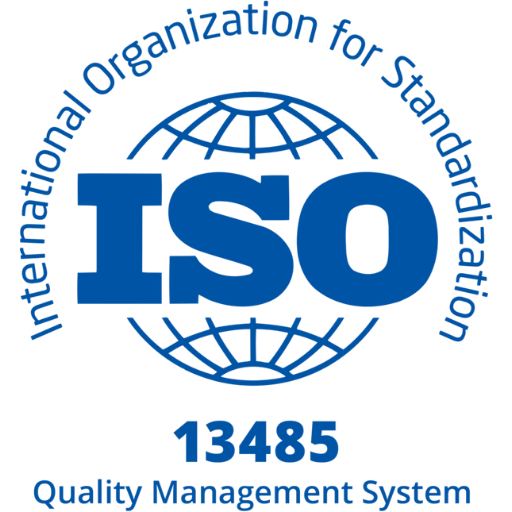

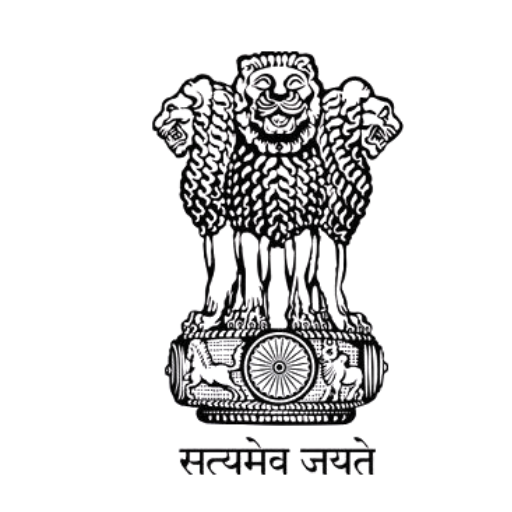 Business Registration
Business Registration
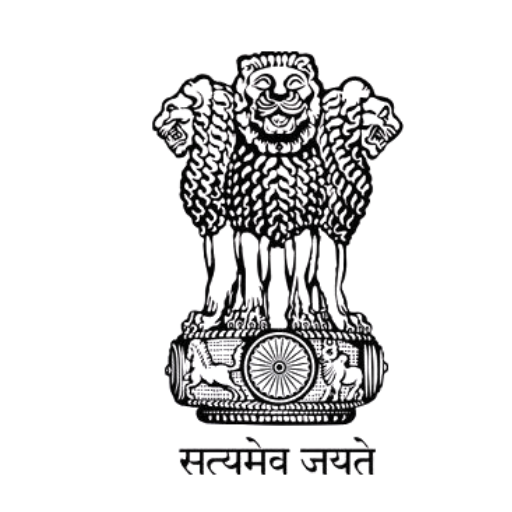
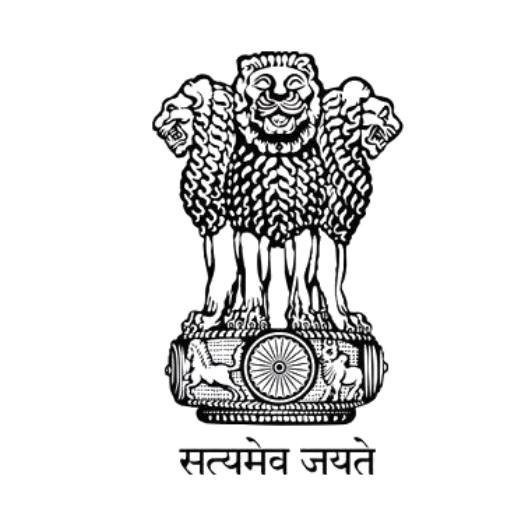




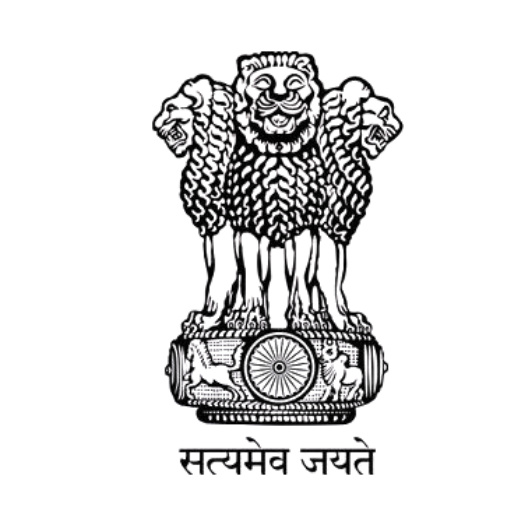

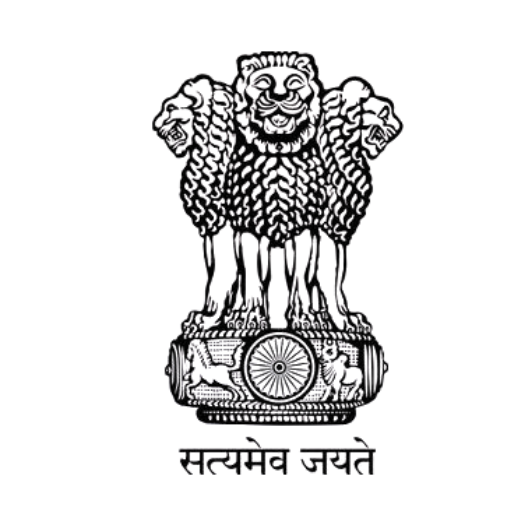

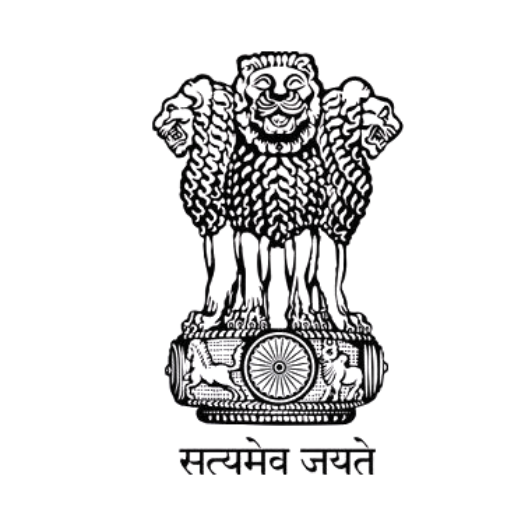
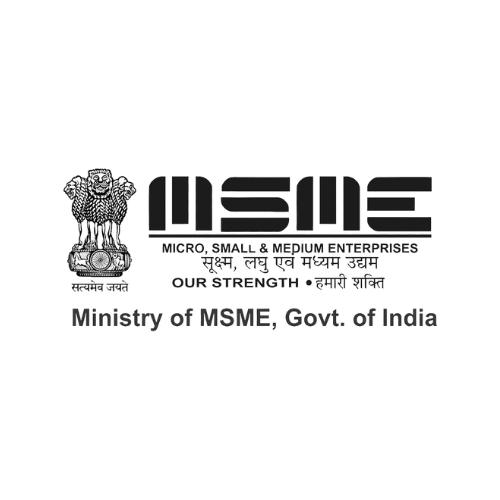

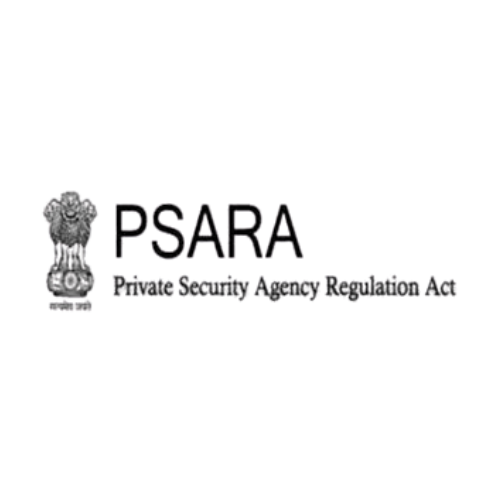
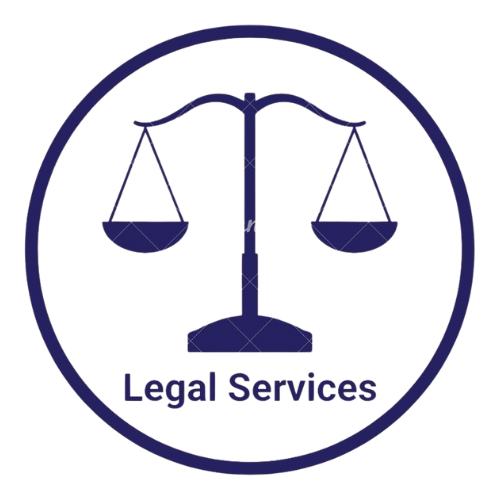 Legal Services
Legal Services
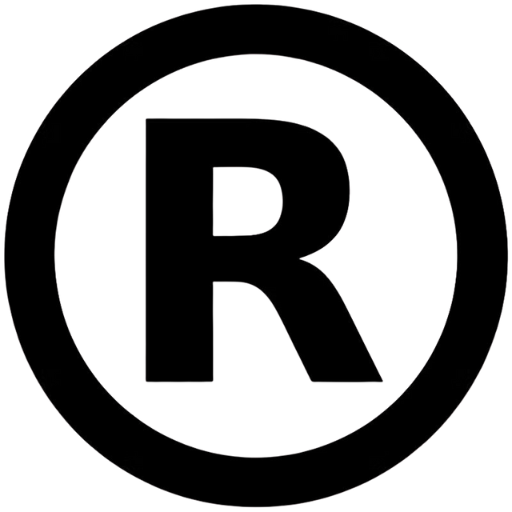 Trademark Registration
Trademark Registration
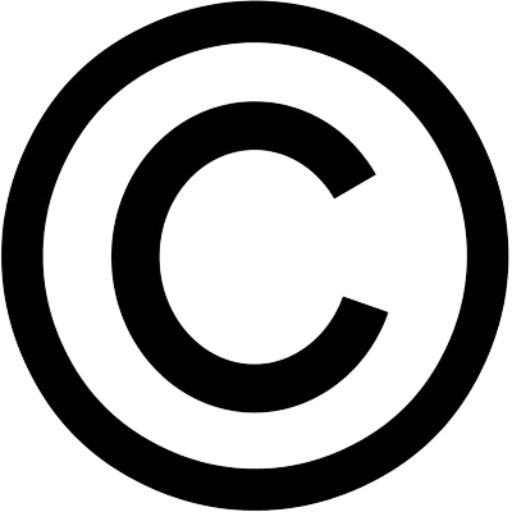 Copyright Registration
Copyright Registration
 Patent Registration
Patent Registration
